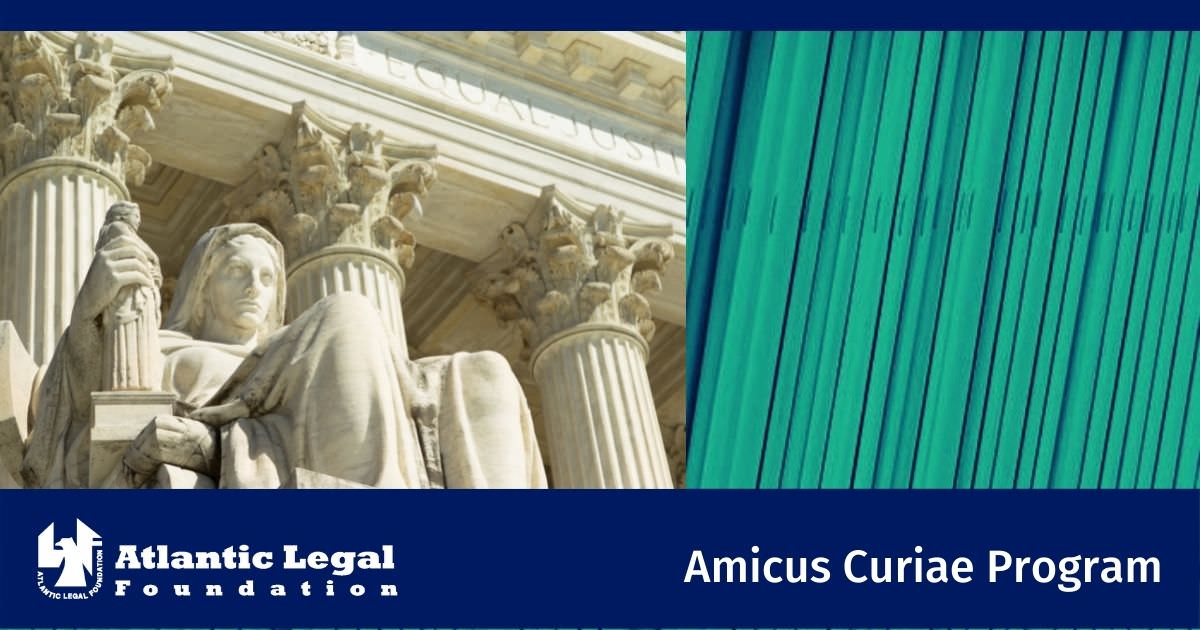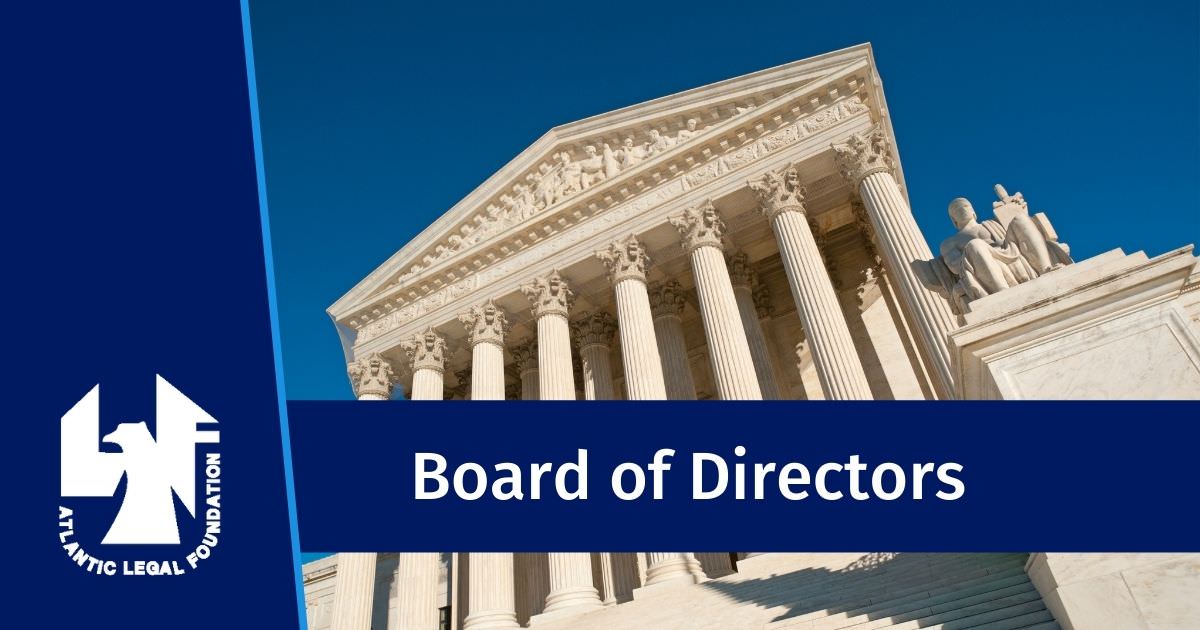
Should Pennsylvania Adopt The Third Restatement’s Approach To Products Liability?
Under Pennsylvania’s current strict liability/negligence dichotomy, only “intended” product uses give rise to strict liability, whereas “foreseeable unintended uses” do not. The product in this case “TracPipe” is a stainless steal pipe that is lighter and more flexible, and resistant to corrosion and melting, but a direct lightning strike could penetrate the pipe easier than it’s cast iron counterpart. Defendant moved for nonsuit asserting risk/utility issues (that perhaps should be left up to sophisticated businesses and property owners rather than juries). The court below denied the motion then denied a motion for directed verdict on “risk/utility” balance.
The strict liability and negligent design claims went to the jury with a charge based on Azzarello v. Black Brothers Co. “A product is defective when it is not safe for its intended purpose. That is, it leaves the suppliers’ control lacking any element necessary to make it safe for its intended use. . . and there was an alternative more practical design, more safer design, than the product is considered defective and the defendant is liable for the harm, if you find that defect caused the harm was the proximate cause of the harm to the plaintiffs.” The jury found for the plaintiff after the court denied the request that the instruction reflect the risk/utility under the Third Restatement.
Issue Areas:
Case:
Tincher v. Omega Flex (Supreme Court of Pennsylvania )
Read the Amicus Brief:

Question(s) Presented:
Should this court to overrule Azzarello v. Black Brothers Co., 480 Pa. 547, 391 A.2d 1020 (1978) and replace the strict liability analysis of Section 402A of the Second Restatement with the analysis of the Third Restatement?
Additional Background:
Since 1977, in Pennsylvania the court decides as a matter of law whether the product could be considered “unreasonably dangerous” in light of available alternative designs. This determination is made on a dispositive motion (such as here a motion for summary judgment) on which the burden of proof is usually shifted to defendant as the moving party. This procedure shifts the burden of proof to defendants to establish a favorable balance of product utility over risks.
In Phillips, Justice Saylor, joined by Justice (now Chief Justice) Castille and Justice Eakin concluded that Azzarello’s negligence/strict liability dichotomy “cannot be justly sustained in theory in relation to strict products liability cases predicated on defective design,” and was “demonstrably incongruent with design-defect strict liability doctrine as it is currently implemented in Pennsylvania.” Id. at 1012 (Saylor, J., concurring). These justices were ready to recognize that negligence and strict liability cannot be coherently separated and to move “candidly” to a unitary reasonableness-based standard for product liability based upon risk/ utility balancing:
I believe that the time has come for this Court, in the manner of so many other jurisdictions, to expressly recognize the essential role of risk-utility balancing, a concept derived from negligence doctrine, in design defect litigation. In doing so, the Court should candidly address the ramifications, in particular, the overt, necessary, and proper incorporation of aspects of negligence theory into the equation. This Commonwealth’s products liability jurisprudence is far too confusing for another opinion to be laid down that rhetorically eschews negligence concepts in the strict liability arena. Id. at 1015-16.
The Third Circuit, citing Justice Saylor’s concurrence, stated its belief that his opinion “foreshadow[ed]” the Pennsylvania Supreme Court’s eventual adoption of Sections 1 and 2 of the Restatement (Third). Berrier, 563 F.3d at 53.
ALF’s Amicus Brief:
ALF argues that Pennsylvania courts should explicitly recognize that the Azzarello negligence/strict liability dichotomy is unworkable and should adopt the more consistent standard of the Restatement (Third) of Torts: Products Liability (1998), which this Court has cited with approval since Duchess v. Langston Corp., 564 Pa. 529, 769 A.2d 1131 (2001). Property owners and business owners may decide that the risk profile of stainless steel pipes, in the context of their use, is a better fit than the cast iron alternatives, therefore it is inappropriate to attach strict liability if the product worked within the risk parameters that the consumer paid for. The Second Restatement approach allowed for the jury to classify this difference in risk profile as a negligent design defect.
Justice Saylor, in Bugash, reiterated his belief that “the Third Restatement’s provisions are far more reasoned and balanced than Azzarello, and adoption would represent a substantial advancement in Pennsylvania law.” 971 A.2d at 1241 (Saylor, J., dissenting). In Justice Saylor’s view, Pennsylvania’s continued adherence to Azzarello meant that the courts were “essentially thirty years behind” with respect to advancements in products liability. Id. Justice Saylor cited the Third Circuit’s opinion in Berrier, in which the Third Circuit had based its prediction on Justice Saylor’s concurring opinion in Phillips, and referred to the Third Circuit’s belief that the Restatement (Third) eliminates the confusion that has arisen from attempting to keep separate actions sounding in negligence and products liability. Justice Saylor wrote that the Restatement (Third) “provides a suitable template for making up for lost time and moving forward.” Id.
ALF asks the Court to adopt a less confusion standard that incorporates “forseeability” which is more appropriate with respect to design and warnings defects, because “[p]roducts are not generically defective merely because they are dangerous.” The risk presented by a product must be balanced against its utility. Id. Consumers, particularly property owners and construction companies, are more capable of evaluating relative risk profiles that designs present than are juries. If a consumer deems lightening resistance to be an “essential element” of piping in his project, then let him factor that into his decision ex ante, rather than allowing juries to compensate him ex post. Unless the jury finds the design itself to be defective, that is unjustifiable when weighing the risk to utility of that design, it should find for the defendant.
Status:
On November 19, 2014, the Supreme Court of Pennsylvania overruled Azzarello but did not adopt the entirety of the Third Restatement’s approach.
Date Originally Posted: June 5, 2013





